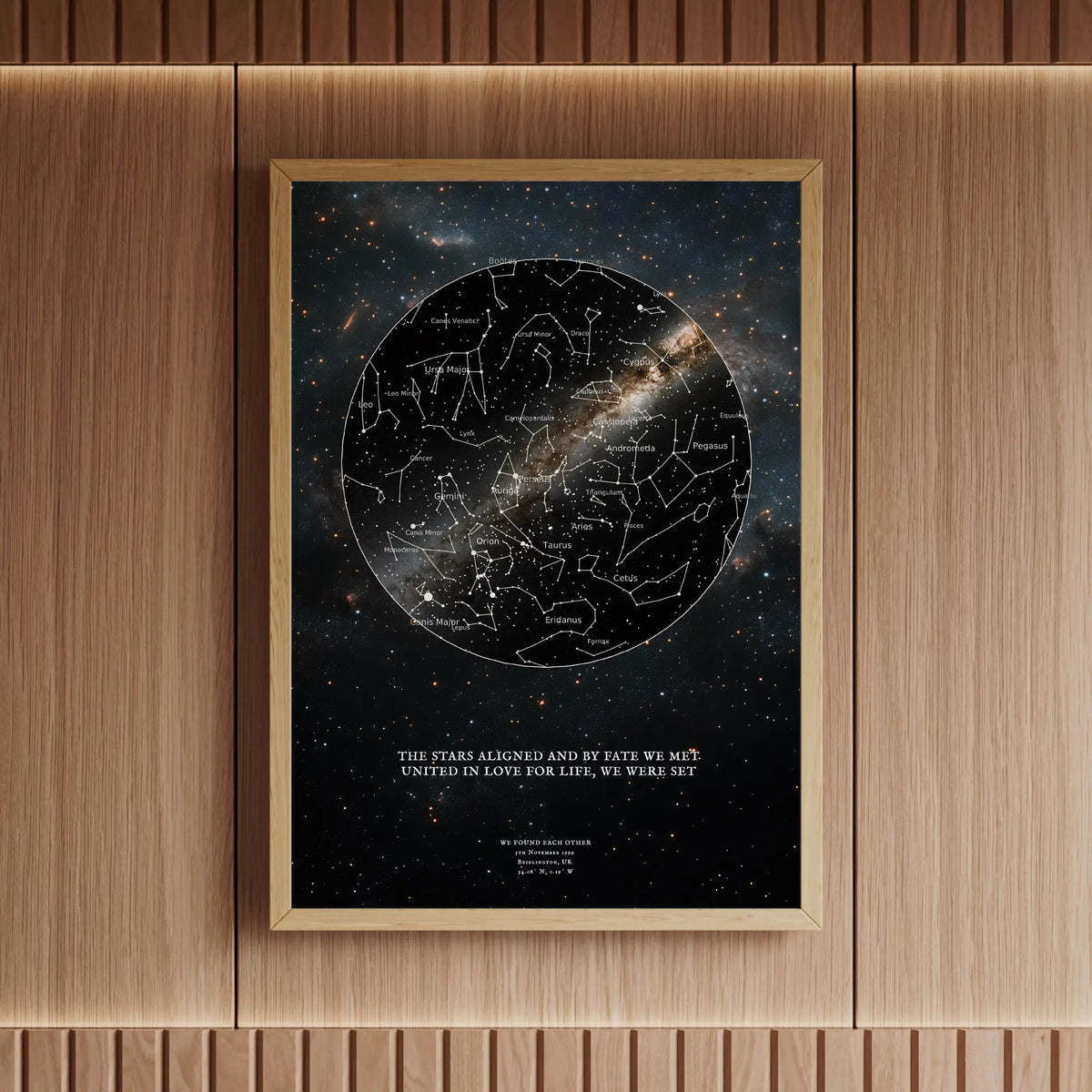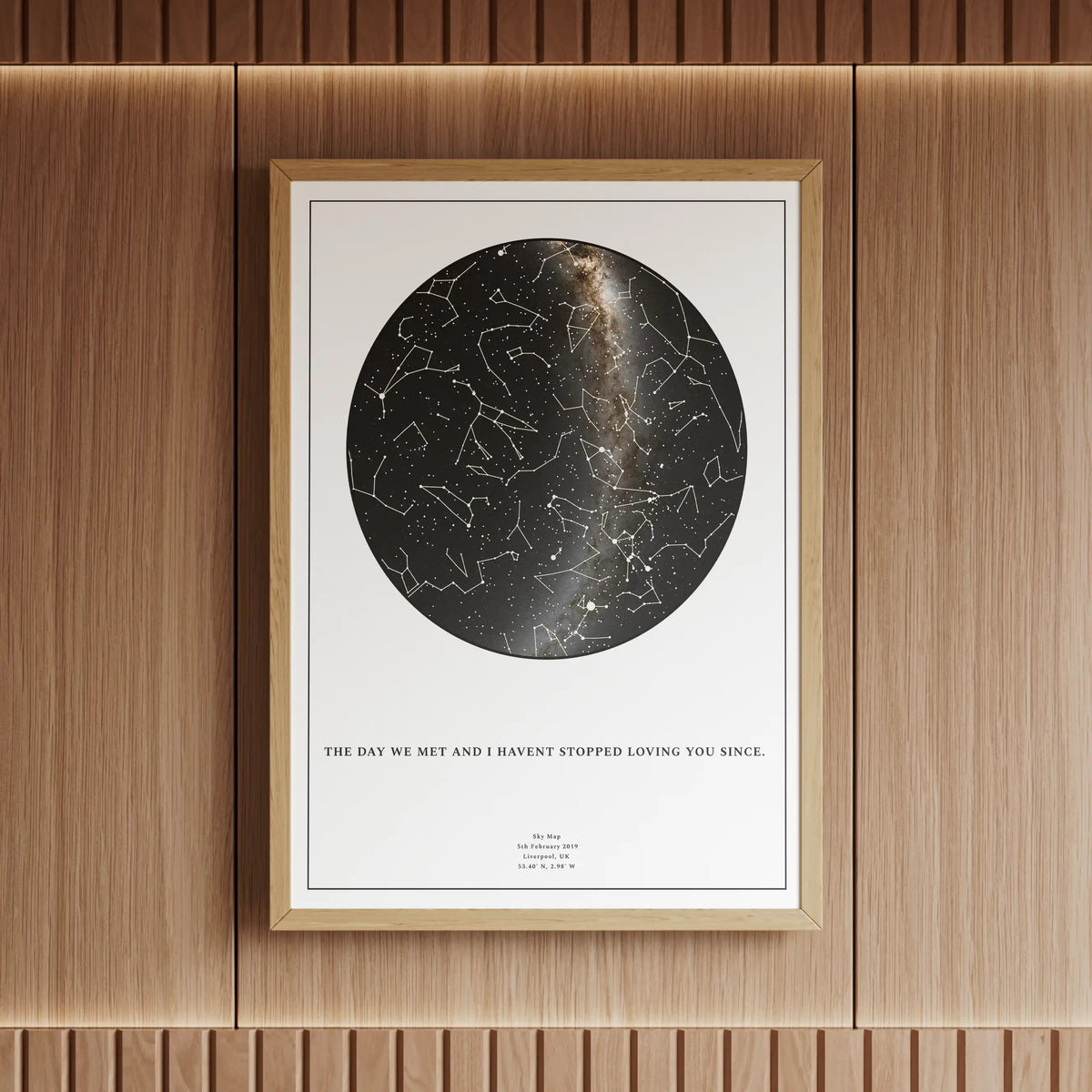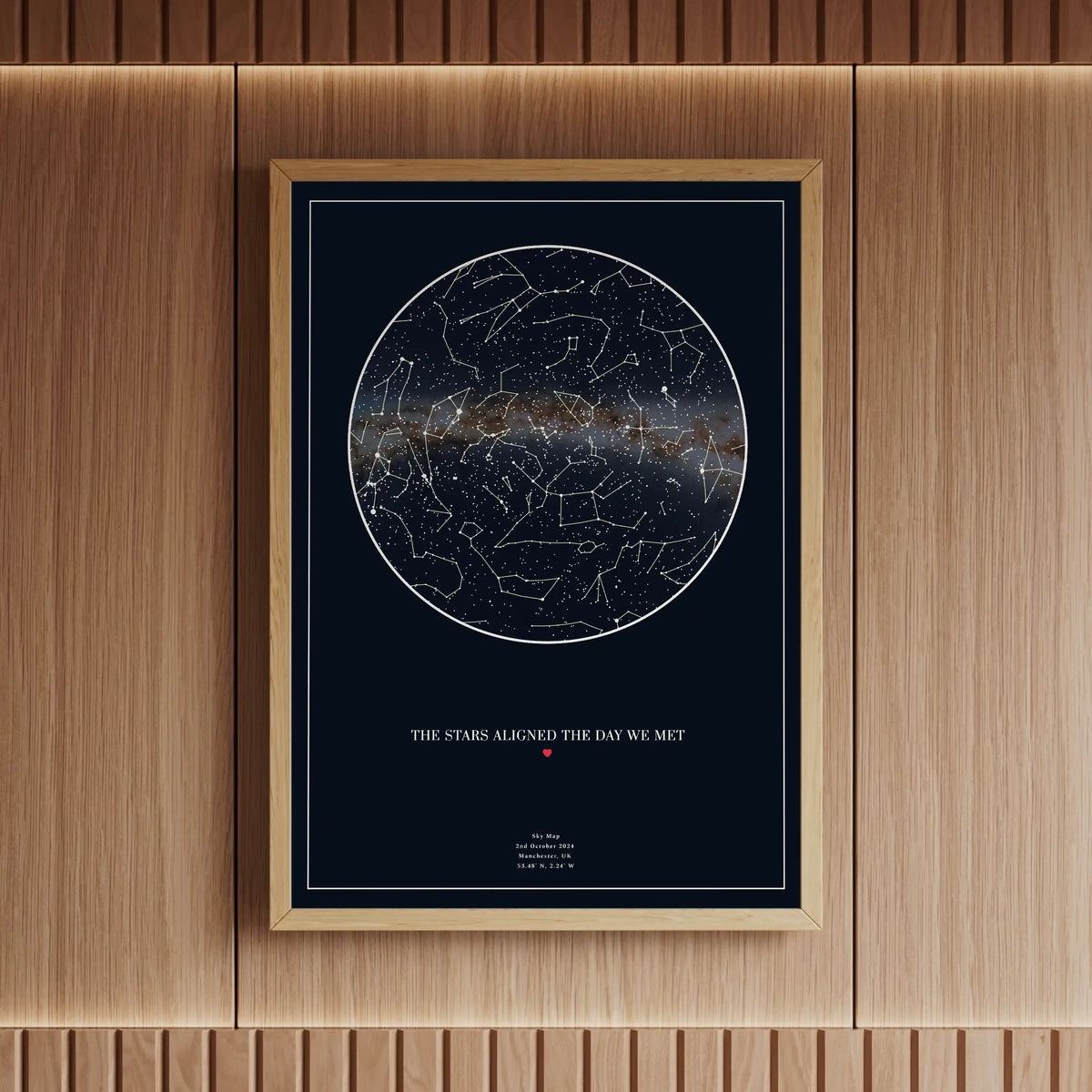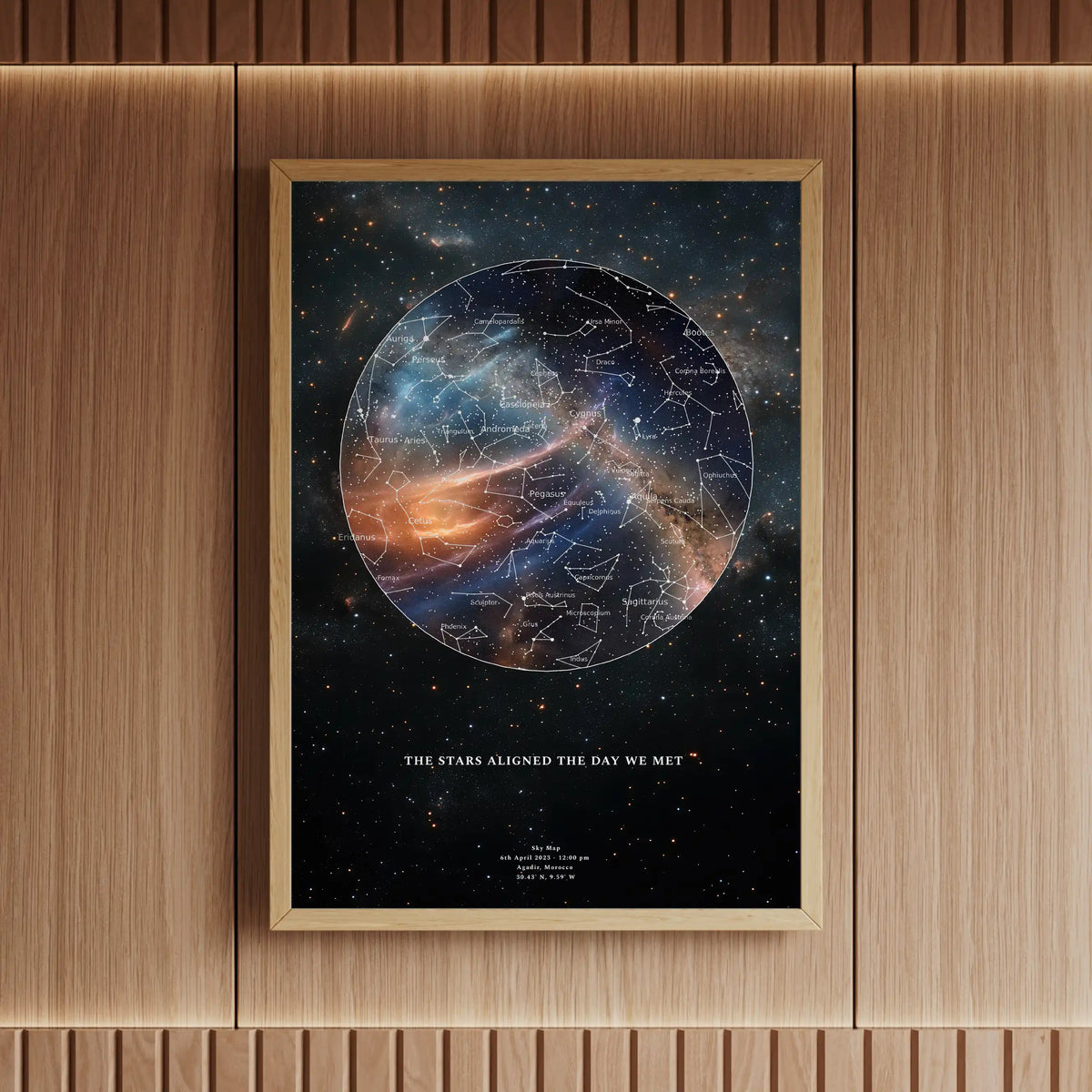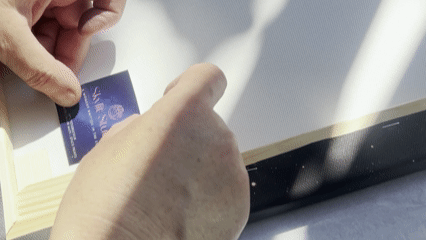- Introduction
- Curiosity’s Long‑Chain Organic Discovery
- Origins: Prebiotic or Biological?
- Perseverance’s Organic Diversity in Jezero Crater
- Implications for Mars Sample Return
- JWST's Alien Hunt Mode
- Science and Skepticism
- Skylit Studio Reflection
- Order Your Personal Star & Moon Map
- Related Skylit Posts
- Explore Astro Photography Prints
- Conclusion
- Sources
Introduction
Isn’t it remarkable that Mars, millions of miles away, might hold molecules whispering of life? At the same time, our telescopes aim to spot signs of life in distant star systems. These breakthroughs remind us how the cosmos draws a line between universal wonder and our personal moments—moments you can mark with a Skylit Studio map. Let’s journey through these discoveries, then see how they connect to the stories people capture with our art.
Curiosity’s Long‑Chain Organic Discovery
In March 2025, Curiosity detected decane, undecane, and dodecane—fatty acids with 10, 11, and 12 carbon atoms—embedded in ancient mudstone from Gale Crater. These molecules resemble those used by life on Earth, though non‑biological processes can also produce them. What makes them fascinating is their complexity—no simple carbon gas, but chains implying substantial organic chemistry, possibly even microbial footprints.

This illustration depicts the long‑chain hydrocarbons decane (C₁₀H₂₂), undecane (C₁₁H₂₄) and dodecane (C₁₂H₂₆)—the largest organic molecules ever detected on Mars. They were identified in a sample cored from the “Cumberland” outcrop by Curiosity’s Sample Analysis at Mars (SAM) laboratory. On the right, you can see a Curiosity selfie; the rover has been traversing Gale Crater since its 2012 landing. Faintly overlaid behind the molecular models is the actual drill hole in the Cumberland rock. Credit: NASA/Dan Gallagher
Origins: Prebiotic or Biological?
On Earth, fatty acids form part of cell membranes—but they can also appear through mineral reactions. The debate continues: are these Mars molecules relics of ancient life or elegant chemical byproducts? Scientists lean on contextual clues—location, mineral patterns, layering—to interpret them.
Perseverance’s Organic Diversity in Jezero Crater
Meanwhile, Perseverance has found a mosaic of organics plus mineral associations—clues pointing to a rich Martian carbon cycle. These compounds in igneous and sedimentary rocks reveal environments where habitability might once have thrived—making them prime samples for future Mars Sample Return missions.
Implications for Mars Sample Return
These rocky treasures could be brought home to Earth, where advanced labs could determine whether Mars ever hosted life. Even non‑life origin would still reshape our understanding of planetary chemistry and geology.
JWST’s Alien Hunt Mode
On a cosmic scale, the James Webb Space Telescope is now scanning exoplanet atmospheres for biosignatures like methane, carbon dioxide, and even the tantalising dimethyl sulfide (DMS). While signals remain tentative, this marks a shift from just discovering exoplanets, to determining whether they could host life.
Science and Skepticism
Early claims are always met with caution. What looks like a biosignature may have simpler explanations. Still, JWST’s precision brings us closer to identifying where to look next—maybe worlds with life, but perhaps also worlds that make great bedtime stories on your personalised map.
“These discoveries remind us: the cosmos isn’t just out there—it’s part of our human story. And your moments deserve the same spotlight.”
Skylit Studio Reflection
At Skylit Studio, we craft star maps and Moon maps that celebrate your unique moments under the sky—your first kiss, the exact moment a child was born under a full moon, a graduation sunset, or an engagement beneath sparkling constellations. These are personal stories, not planetary science: they’re your favourite dates, memories and milestones immortalised in the cosmos.
Order Your Personal Star & Moon Map
Choose unframed prints from £21.99, or go for engineered wood frames in Classic Black, Elegant White or Natural Wood Brown—sizes A4 to 60×80 cm. Add ribbon gift wrap and a free note at your choice of ribbon.
Related Skylit Blog Posts
Explore Astro Photography Prints
Conclusion
From Martian rock chemistry to distant exoplanet searches, these scientific leaps feed our innate sense of wonder—and fuel the personal stories that yours maps honour. Each discovery shapes how we connect moments under the sky, and Skylit Studio is honoured to help you map yours.



